Retail
Is Technology Today's Answer?
A Lowe's video this week on their first deployment of a robot in a retail store to enhance customer service sparked this blog post. The  narrator stated that shopping in a retail store has not changed in the past 100 years. On multiple levels he is correct.
narrator stated that shopping in a retail store has not changed in the past 100 years. On multiple levels he is correct.
Summarizing the fundamental changes to the retail industry in the last 100 years:
The invention of the supermarket which started the journey to retail sub-segmentation and self-service. The cash register which introduced data as an important element to measure the success of the business. Mass production and the computer which allowed manufacturers to drive production efficiencies, better information on what is selling, and lowered overall cost of goods. The bar code as the first item level visibility technology and the consequential explosion of retail chains in major industrialized countries. Globalization which proved that consumer markets do not have national boundaries.The Retail Paradox
The retail paradox is very simple.
- Details
A World of Retail Opportunities Ahead
Attending the India Retail Forum (IRF) a few weeks ago, absorbing the vibrant energy of the attendees, and listening to the insightful 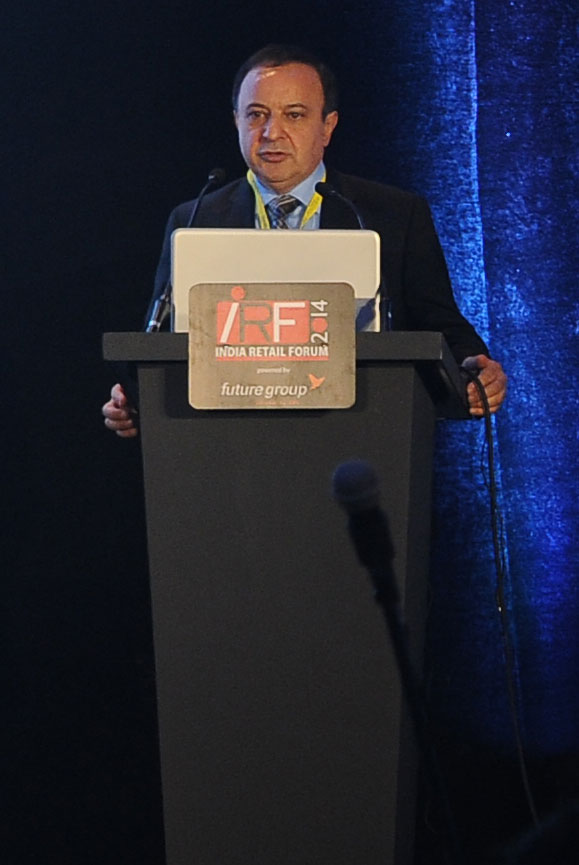 presentations was a great reminder that these are exciting transformational times for the global retail industry. As summarized in the last post, driven by consumer technology, retail disruption will increase and will include a few surprises from emerging markets such as India.
presentations was a great reminder that these are exciting transformational times for the global retail industry. As summarized in the last post, driven by consumer technology, retail disruption will increase and will include a few surprises from emerging markets such as India.
The India Retail Opportunity
The retail sector in India has reached more than $500 billion in industry sales. Organized retail which today is at 8% penetration will grow at more than 20% during 2012-2020. The retail industry has contributed consistently 18%-20% to the country's GDP. Food and grocery is the largest category with the retail sector with 60% share, followed by apparel and telecom.
- Details
Last week had a chance to speak to a large audience at the India Retail Forum in Mumbai. Chairing an industry panel discussion, my 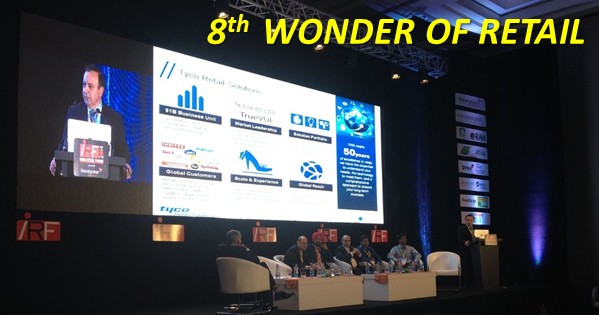 contributions included an opening presentation to a session titled "8th WONDER IN RETAIL - FUTURE PARADIGMS AND TECHNOLOGIES THAT HAVE THE POWER TO CARRY OUT DISRUPTIVE INNOVATIONS". Summarizing key insights from the opening presentation:
contributions included an opening presentation to a session titled "8th WONDER IN RETAIL - FUTURE PARADIGMS AND TECHNOLOGIES THAT HAVE THE POWER TO CARRY OUT DISRUPTIVE INNOVATIONS". Summarizing key insights from the opening presentation:
4th Megatrend Reshaping Global Retail
Post World War II, retail has been re-shaped by four megatrends. Technology has been the driver of retail power shifts through each of four megatrends. The fourth retail megatrend had its origins in 1992 when IBM released the first smartphone. It started transforming retail with Apple's smartphone around 2010.
Complementing smartphones are emerging deployments of smaller / smarter store sensors that will lead to customized, higher value, improved shopping experiences. All four megatrends have been about the availability of data and its effective utilization. The fourth megatrend places retail power in the hands of the consumer.
The Pace of Change is Accelerating
- Details
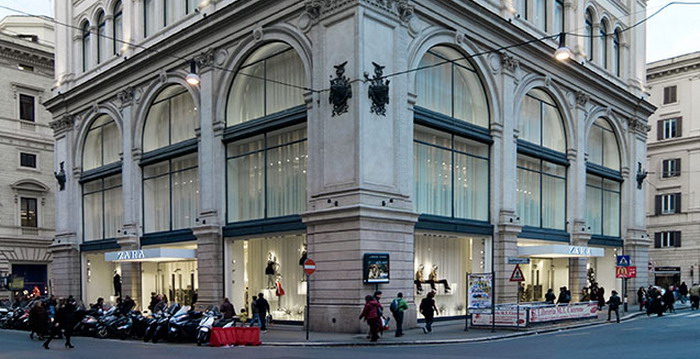 Couple weeks ago Inditex, one of the world's largest apparel retailers, went public with their Zara deployment of item level RFID. Pablo Isla, the chairman and CEO, announced that Inditex has already installed RFID at more 700 stores in 22 countries and will complete the rollout of the Zara brand (nearly 2,000 stores) by 2016.
Couple weeks ago Inditex, one of the world's largest apparel retailers, went public with their Zara deployment of item level RFID. Pablo Isla, the chairman and CEO, announced that Inditex has already installed RFID at more 700 stores in 22 countries and will complete the rollout of the Zara brand (nearly 2,000 stores) by 2016.
Loss prevention technologies are playing a key role in the deployment of RFID at Inditex. Included in the rollout are dual technology RFID / EAS hard tags, dual technology RFID / EAS point of sale detachers, and a hard tag global re-circulation program.
The Inditex announcement coincides with a ChainLink retail research study on RFID published earlier this year. The top three reasons identified by retailers for deploying RFID included loss prevention in stores, item-level/on floor replenishment from back-stock, and cycle (inventory) counts in stores.
- Details
Latest Retail Shrink Data / Why Do People Steal? / New Technologies
In 2012-2013, global retailers 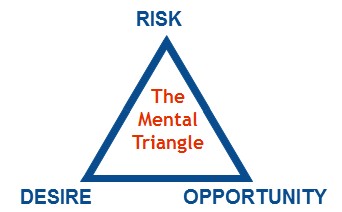 lost $112 billion to shrink or 1.4% of retail sales on average. The top 5 countries with the highest shrink as a percent of sales included Mexico, Brazil, Argentina, USA, and China.
lost $112 billion to shrink or 1.4% of retail sales on average. The top 5 countries with the highest shrink as a percent of sales included Mexico, Brazil, Argentina, USA, and China.
This past week, Jack L. Hayes, published his 26th annual USA Retail Theft Survey. Highlights of this latest report:
- Details
The Five Future Megatrends Affecting the Region
Regular trips to Asia, retail customer meetings, APAC industry keynotes, and recent business articles confirm that economically China is  going "Back to the Future".
going "Back to the Future".
Before USA surpassed it in 1890, China was the world's largest economy. By the end of 2014 China is on track to become the world's number one economy once again. This crowning achievement is arriving 5 years earlier than originally projected by the IMF.
It took 155 years for the UK to double its GDP with about 9 million people in 1870. The USA and Germany took 30 to 60 years with tens of millions of people. China and India, with 100 times the number of people than the UK doubled their GDP in one tenth of the time.
Asia Market / Technology Trends
By 2030, the majority of the world’s population will be considered middle class. China and India will have the largest middle class consumption as a share of the world's total population.
- Details
Emerging Markets, Technology Welcomes You to Modern Retail
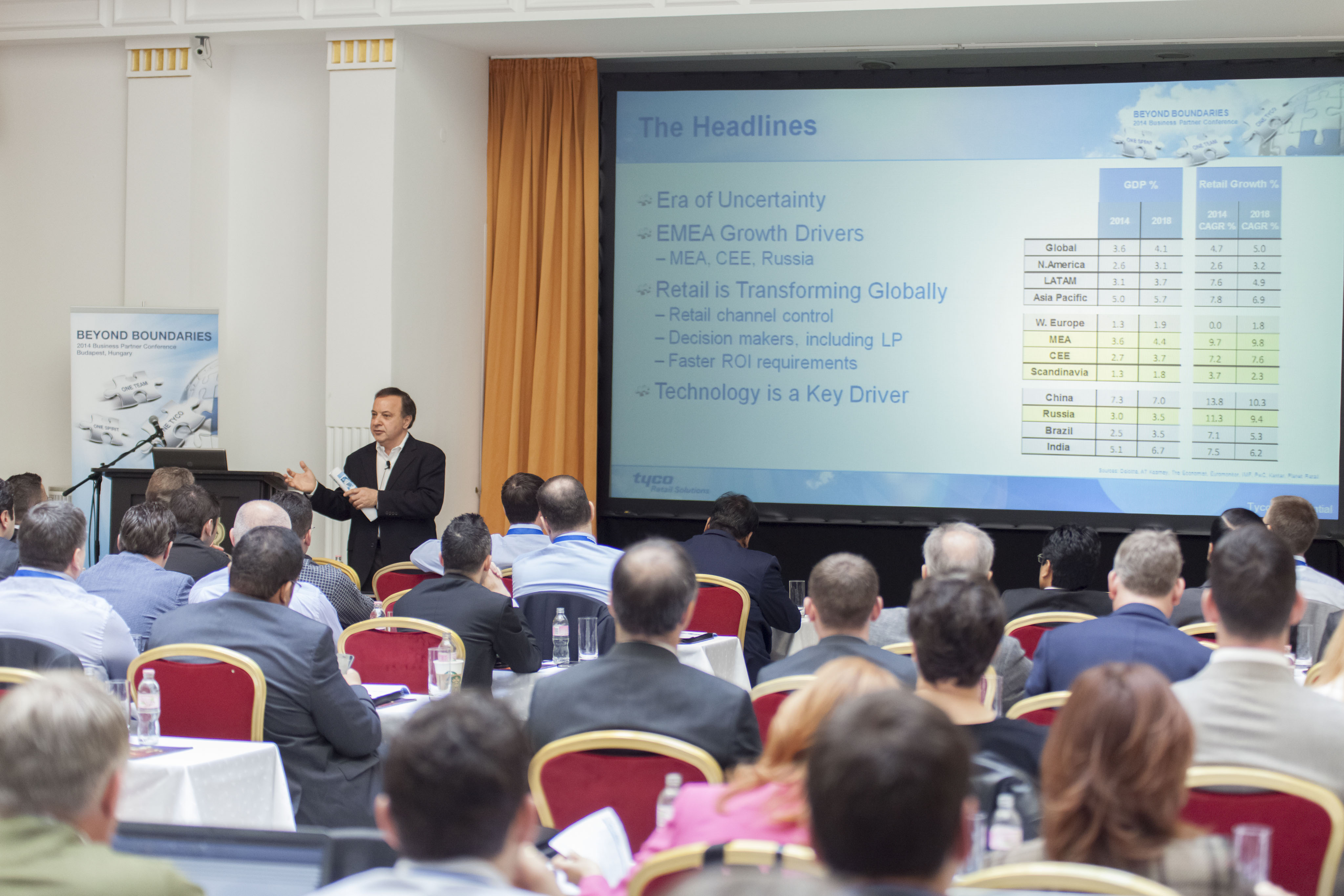 Earlier this month had the pleasure to speak to 100+ business leaders from Central, Eastern Europe, Scandinavia, Russia, and the Middle East at a conference in Budapest Hungary. This week's post summarizes some of the key insights from my presentation titled "The Future of Retail".
Earlier this month had the pleasure to speak to 100+ business leaders from Central, Eastern Europe, Scandinavia, Russia, and the Middle East at a conference in Budapest Hungary. This week's post summarizes some of the key insights from my presentation titled "The Future of Retail".
European Market Analysis
In EMEA, only the Middle East and Eastern Europe have 2018 retail growth forecasts that outpace the rest of the world. The Middle East is the only region in EMEA where 2018 GDP will grow faster than the world aggregate.
Russia is experiencing some spending slowdown, but it is still an attractive market. The country has become more mature in modern retail and consumers don't necessary fully cut spending during turbulent times. Moscow and St. Petersburg are increasingly saturated, but other cities offer opportunities. 42 cities in Russia have more than 500,000 people. Modern retail shopping space for the size of the country is still in short supply. The food sector is experiencing double digit growth and consumer electronics are growing 30%. Luxury brands see Russia as a key market with wealth increasing.
- Details
The brand consultancy agency Interbrand recently published the "Best Retail Brands 2014" report. Quoting directly from the document,  following are key ideas from the 136 page report.
following are key ideas from the 136 page report.
North America
Analysts predict that Amazon will soon carry more than 85% of the products sold at leading retailers, including grocery, at better prices, with more delivery and payment options. A fully functional mobile presence is a given for every brand; the new onmichannel reality has led to a rise in "connected stores for connected customers." While e-commerce sales continue to grow 10% per year, questions about the role of brick and mortar seem to be largely resolved. The store is now a brand experience that drives revenue across all channels.Europe
- Details
In an attempt to be closer to one of the global centers of technology innovation, a growing number of retailers are investing in Silicon Valley. Couple examples from the more than a half dozen retail companies making the IT move to California and the innovation gold they are  trying to mine:
trying to mine:
The growing trend of retailers shaping their own technology development journey is not limited to California:
- Details
Throughout history, retail technology has evolved in waves. With the industrial revolution and mass manufacturing, the mom & pop store transitioned to the supermarket. The massive amount of data on shipping trends, i.e. what's selling, placed the manufacturers at the center of controlling the information to drive retail sales.
supermarket. The massive amount of data on shipping trends, i.e. what's selling, placed the manufacturers at the center of controlling the information to drive retail sales.
Bar code scanning in the 1970s transitioned the knowledge power base to the retailer. The planogram, i.e. what to actually place on the shelf for sale, was now a retailer decision.
As discussed in a previous post, we are currently in the middle of the next major evolutionary technology wave re-shaping the retail industry. The foundational elements driving the new retail megatrends include:
- Details
















